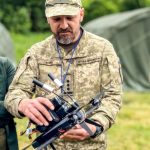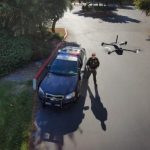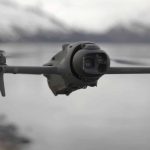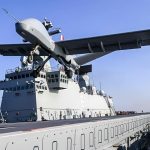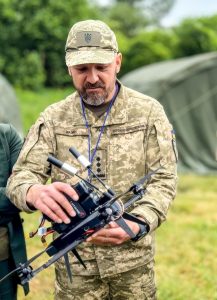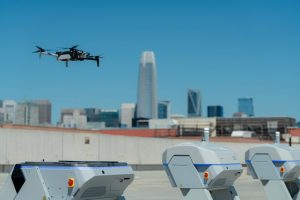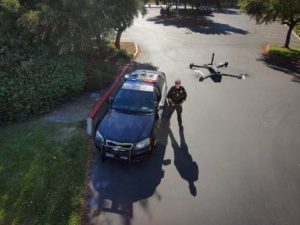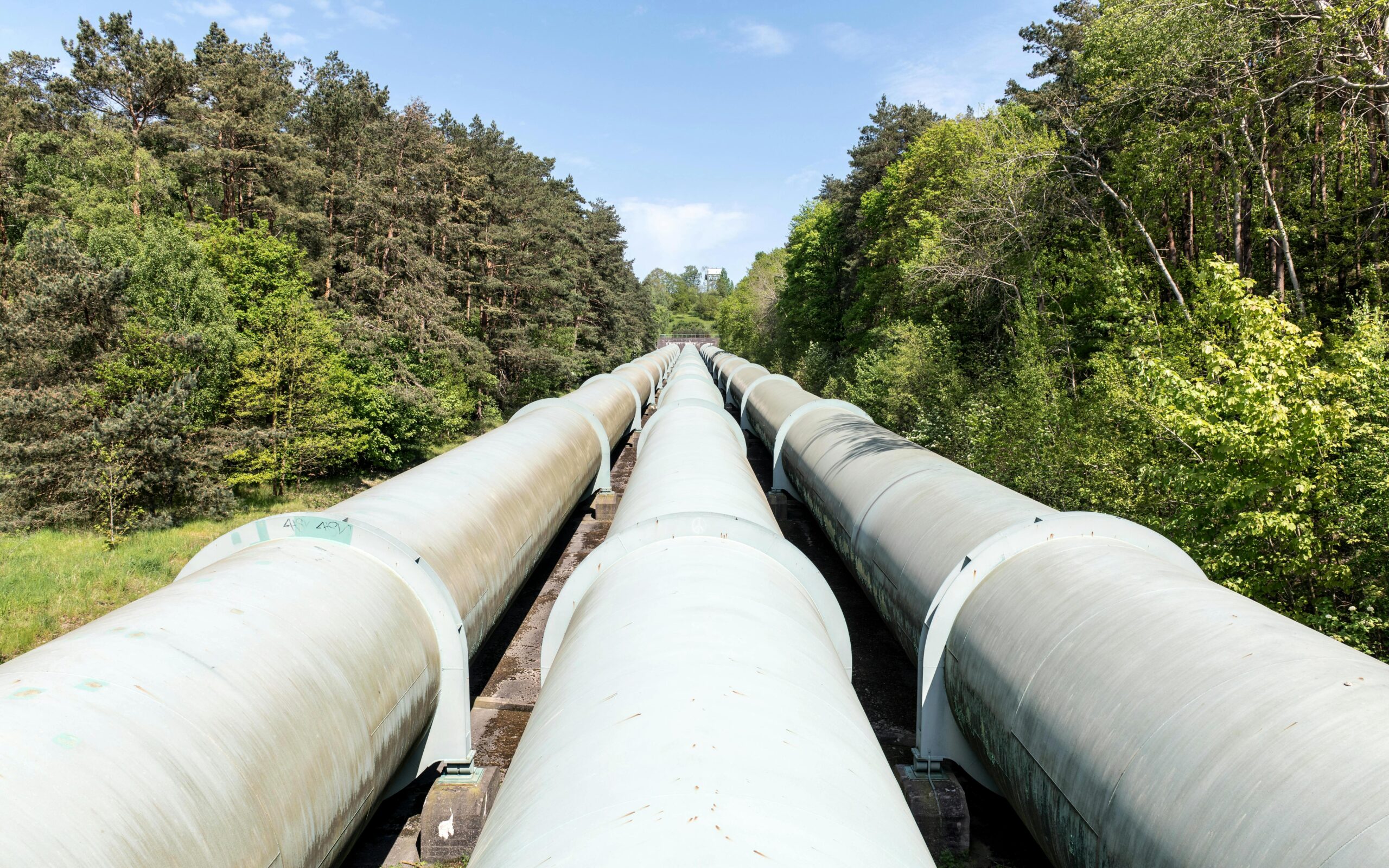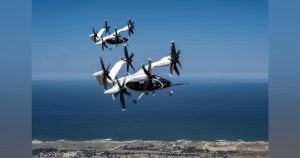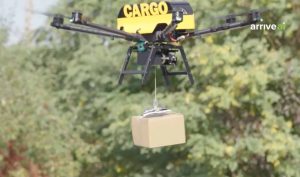How Effective Are Long-Range UAVs for Pipeline Monitoring?
Unmanned Aerial Vehicles (UAVs) have become essential tools in various industries across the United States, particularly in the field of infrastructure monitoring. Their adaptability and efficiency render them crucial, especially in the oil and gas sector, where pipeline monitoring is vital for the secure and efficient transportation of resources.
Due to the expansive and often remote landscapes these pipelines cover, including regions like Texas, Alaska, and the Midwest, traditional monitoring techniques face considerable obstacles. This article explores the effectiveness of long-range UAVs in monitoring oil pipeline leaks, focusing on their contribution to improved efficiency, safety, and cost-effectiveness.
Why Pipeline Monitoring is Crucial
The United States has an extensive pipeline network stretching over millions of miles, responsible for transporting oil, natural gas, and other essential resources. Regular monitoring is critical for several reasons:
- Safety: Early detection of leaks or structural weaknesses helps prevent catastrophic incidents.
- Environmental Protection: Timely identification of leaks reduces environmental impact and supports compliance with environmental regulations.
- Operational Efficiency: Frequent inspections ensure pipelines operate at peak efficiency, minimizing downtime and maintenance costs.
Traditional monitoring methods, such as ground patrols and manned aerial surveys, can be costly, time-consuming, and limited in scope, especially in difficult terrains.
Advantages of Long-Range UAVs for Pipeline Monitoring
Coverage & Accessibility: Long-range UAVs facilitate rapid traversal over extensive distances, reaching remote or hard-to-access areas, which may present challenges for ground teams or manned aircraft. This capability ensures thorough monitoring of pipelines.
Enhanced Data Collection: Equipped with sophisticated sensors like LiDAR, thermal cameras, and high-resolution imaging systems, UAVs can identify anomalies such as:
- Oil pipeline leaks
- Corrosion or structural irregularities
- Unauthorized activities near the pipeline right of way
This technological advantage allows for precise monitoring of oil pipeline leaks and environmental conditions, prompting timely interventions.
Safety & Cost Efficiency: The use of UAVs diminishes the need for manual inspections, significantly lowering risks to personnel. Moreover, UAV operations typically prove to be more economical than traditional approaches, resulting in substantial cost savings over time.
Real-Time Monitoring: Modern drones for pipeline monitoring are capable of transmitting data instantaneously, which enables immediate analysis and response. This quick feedback loop is critical for addressing potential dangers.
Scalability: Whether overseeing expansive pipeline systems or specific sections, UAV solutions can be tailored to meet diverse operational requirements, making them suitable for both large corporations and smaller entities.
Use Cases and Examples in the U.S. Market
Oil & Gas Sector: In states such as Texas, Alaska, and North Dakota, energy firms have adopted pipeline monitoring drones in their operations. These UAVs conduct periodic inspections to guarantee pipeline integrity across challenging landscapes.
Environmental Surveillance: UAVs play a significant role in ensuring compliance with Environmental Protection Agency (EPA) standards. By detecting leaks early, they mitigate environmental risks and avert potential fines.
Infrastructure Integrity: Beyond leak detection, UAVs evaluate factors like erosion, vegetation overgrowth, and physical damages, which are essential for maintaining pipeline structural integrity.
For instance, companies like LightWare provide advanced LiDAR sensors that enhance the precision of UAV-based inspections, ensuring reliable data collection.
Challenges & Considerations
Regulatory Compliance: Operating UAVs, particularly beyond visual line of sight (BVLOS), necessitates compliance with Federal Aviation Administration (FAA) regulations. It is crucial to acquire the appropriate permits and ensure adherence to guidelines.
Weather Conditions: Adverse weather, including fog, rain, or extreme temperatures, can affect UAV performance and data accuracy, making it essential to plan missions during optimal conditions.
Data Management: The significant volume of data collected requires efficient systems for storage, processing, and analysis. Implementing robust data management strategies ensures actionable insights.
Cost of Implementation: Although UAV operations can lead to long-term savings, the initial costs for equipment and training may be considerable. Nonetheless, the return on investment often legitimizes these upfront expenditures.
Conclusion
Long-range UAVs have transformed pipeline environmental monitoring by providing unmatched advantages in terms of efficiency, safety, and cost-effectiveness. Their ability to access remote areas, combined with advanced sensing technologies, ensures the prompt identification of potential issues, thereby safeguarding the environment and infrastructure.
Technological advancements in LiDAR, highlighted by companies like LightWare, have further augmented the capacities of UAVs, enhancing the precision and reliability of drone-assisted pipeline monitoring.
For stakeholders in the U.S. pipeline industry, the integration of long-range UAVs, such as the Nextech Atlas V, into monitoring strategies is not merely a technological enhancement—it is a strategic necessity for sustainable and safe operations.
